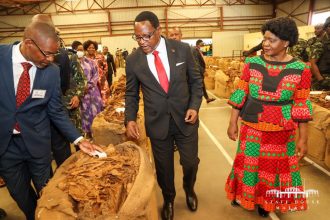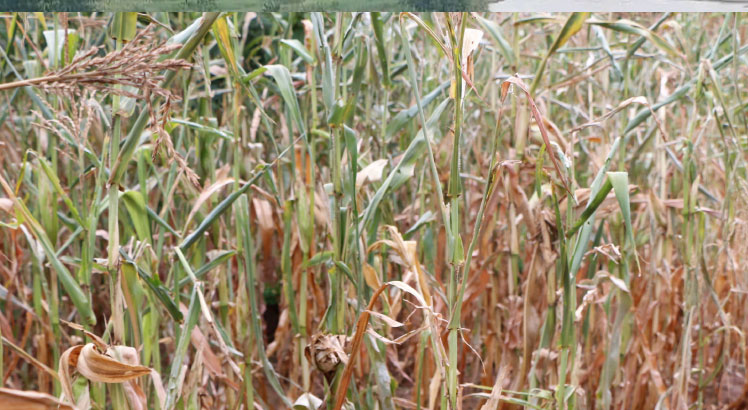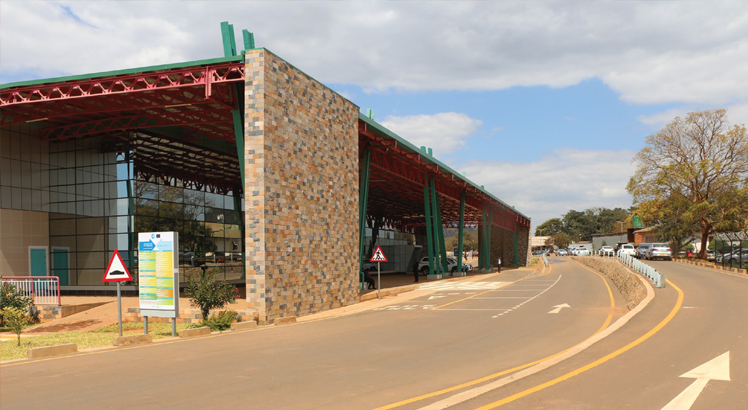Number of people in need of food aid hits 1.8 million

The number of people in need of food assistance at the peak of the lean period, January to March, has increased from 1.5 million people to 1.8 million, a recent report shows.
The Famine Early Warning System Network (Fewsnet) November report released this week indicates that the Malawi Vulnerable Assessment Committee (Mvac) has updated its food security situation adding three districts to the list requiring humanitarian assistance during the January to March 2014 period.
Experts and authorities have said the food shortage may trigger an inflation rise and prompt tight monetary policy.
Nico Asset Managers’ August 2013 report argued that since food contributes 50.2 percent to national inflation basket, food shortage and the associated increases in food prices during the lean period may push up the consumer price index.
The October inflation rose by 0.5 percentage points to 22.2 percent.
The RBM recently revised inflation targets to 23.1 percent by end-December 2013, and to 15 percent by end-June, 2014 due to factors including the expected increase in food prices.
The initial target for end-December 2013 was 14 percent and seven percent for end-December 2014.
But in a telephone interview on Tuesday, principal secretary and commissioner of disaster affairs, Jeffrey Kanyinji noted that the earlier Mvac report had underestimated the number of people requiring food assistance.
“Our own estimation was that about 1.9 million people would require food assistance and thus the Mvac report had underestimated the hunger situation in the country. The increase certainly means that we will require more resources but our partners including the World Food Programme (WFP) are experienced and will deal with the logistical problems associated with the food distribution across the country,” he said.
But the Fewsnet report has noted that as the country moves further into the lean period, poor households in most of the areas that experienced a poor harvest have started to receive humanitarian assistance after slight delays earlier on due to logistical challenges.
Although Fewsnet has said overall, national average maize prices have risen minimally within the last month, due to availability of subsidised maize in Admarc markets and the ongoing humanitarian assistance distributions which started in October, the network has maintained its earlier price range projection for the October-December period.
Fewsnet projected that price of maize would rise by 20 percent between September and December and by 60 percent between September 2013 and March 2014 inevitably raising the cost of living and making the staple unaffordable to poor households.
Based on the Ministry of Agriculture and Food Security data, maize prices averaged K114 in September and is therefore projected to hit K137.36 per kg in December and K183 per kg before harvest in March next year.





